1. Miguel Nicolelis

Miguel Nicolelis is a Brazilian physician who recently made headlines
as the scientist who made it possible for a quadriplegic teen to
deliver the kickoff at the opening game of the 2014 FIFA World Cup.
Previously, Nicolelis had been best known for implanting electrode
arrays into a monkey’s brain that allowed him to detect the monkey’s
motor intent and then control the animal’s reaching and grasping
movements performed by a robotic arm. He is the co-founder and
scientific director of the Safra International Institute for
Neuroscience of Natal, a brain research facility in Brazil, and in 2011
was appointed by Pope Benedict XVI as an ordinary member of the
Pontifical Academy of Sciences.
2. Fred Gage
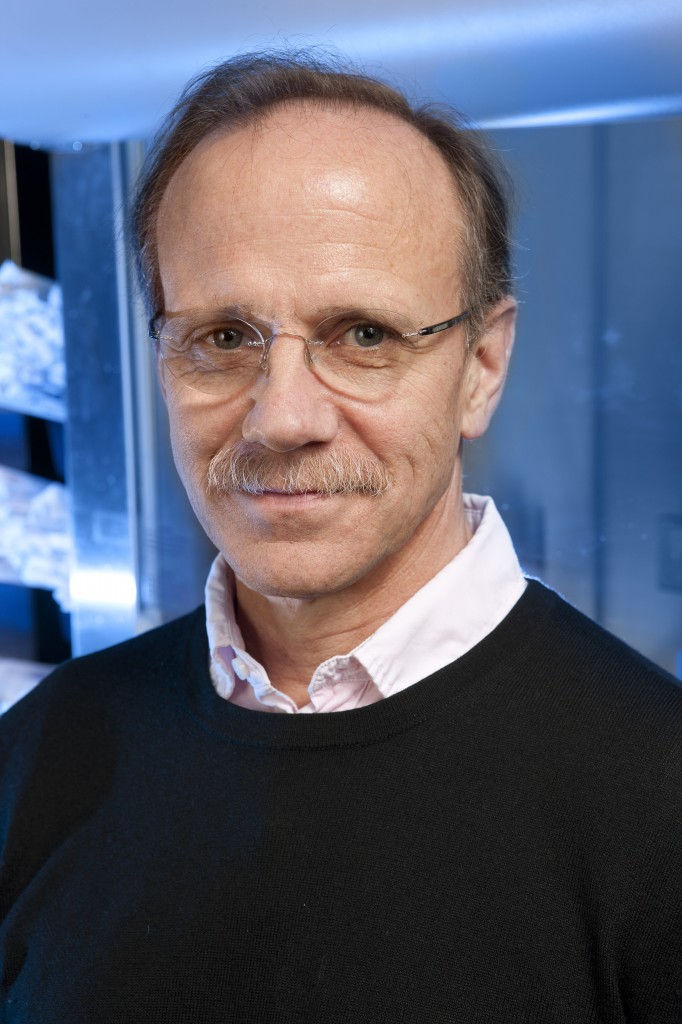
Fred Gage is a professor at the Laboratory of Genetics at the Salk
Institute. His research concentrates on the adult central nervous system
and in 1998, Gage was responsible for discovering that the human brain
continues to produce new nerve cells into adulthood. Currently, Gage is
continuing his research in an attempt to find methods of replacing brain
tissue lost to stroke or Alzheimer’s disease, and repairing spinal
cords damaged by trauma. He is the recipient of numerous awards,
including the Keio Medical Science Prize, the IPSEN Prize for
Neuroplasticity, and the Max Planck Research Prize.
3. Michael Gazzaniga
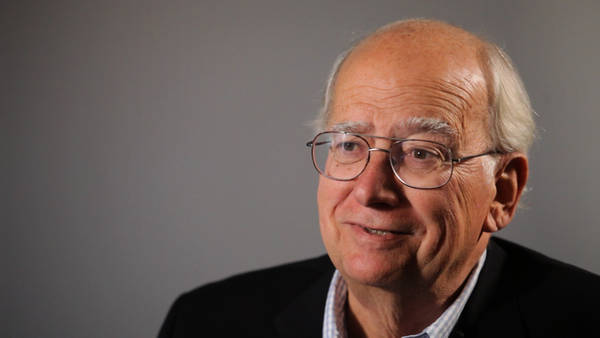
Michael Gazzaniga is a professor of Psychology at UC Santa Barbara,
and the director of the SAGE Center for the Study of the Mind. A leading
researcher in cognitive neuroscience, Gazzaniga is responsible for a
number of studies that have led to a better understanding of split-brain
patients. In one of his experiments, a subject known as Patient P.S., a
teenage boy, showed that language comprehension is possible in the
right hemisphere by spelling the name of his crush without being
physically able to speak her name. Gazzaniga is a member of the American
Academy of Arts and Sciences, the Institute of Medicine, and the
National Academy of Sciences.
4. Michael M. Merzenich

Michael Merzenich, a member of the National Academy of Sciences, is a
professor emeritus of Neuroscience at UC San Francisco. He is best
known for taking sensory cortex maps developed by his predecessors and
refining them using dense micro-electrode mapping techniques. The
cochlear implant team he led at UCSF transferred these refined maps and
other research to Advanced Bionics, who in turn successfully developed
the Clarion cochlear implant. Merzenich and his company, Posit Science,
are continuing to work on a variety of behavioral therapies.
5. James L. McGaugh
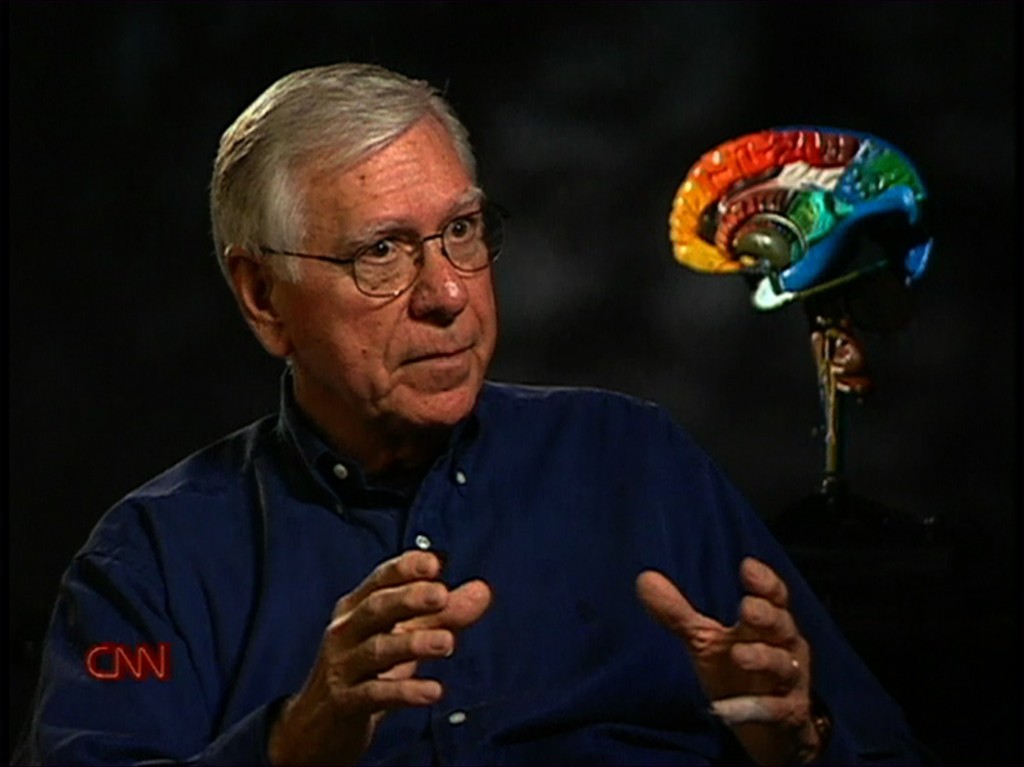
James McGaugh is a neurobiologist whose work focuses on the field of
learning and memory. His earliest work, in the 1950s and 1960s, found
that memories are not instantly created to be long-term and permanent.
Rather, immediately after an event occurs, the brain is most susceptible
to outside influence and only becomes resistant to influence as time
passes. As a current research professor at UC Irvine, McGaugh’s current
work includes extending these findings into theories of
“emotionally-influenced memory consolidation.” McGaugh is an elected
member of the National Academy of Sciences, and is the recipient of the
Distinguished Scientific Award and the Karl Lashley Prize in
Neuroscience.
6. Joseph E. LeDoux

Joseph LeDoux is a professor of Science, Neuroscience, and Psychology
at NYU and Director of the Center for Neuroscience of Fear and Anxiety.
His research mostly focuses on memory and emotions, and he uses animal
research to understand pathological fear and anxiety in humans. In 2005,
he was awarded the International Prize of the Fyssen Foundation for his
groundbreaking research. In addition to his work in academia, LeDoux is
the author of the book “Synaptic Self,” and the lead singer and
guitarist for the science-themed rock band, The Amygdaloids.
7. Mahmood Amiry-Moghaddam
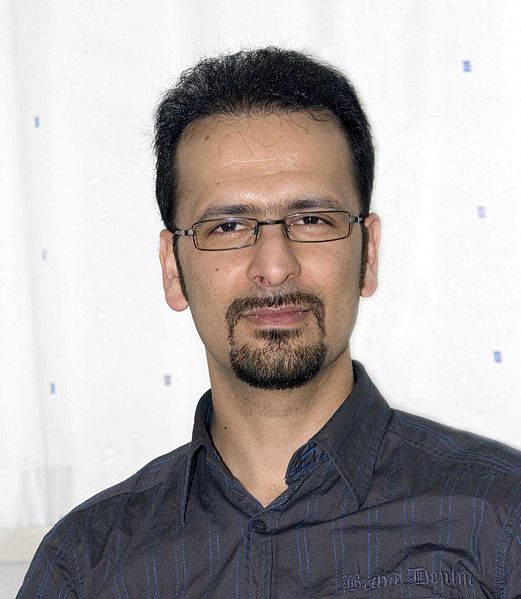
Mahmood Amiry-Moghaddam is a neuroscientist and human rights
advocate. After arriving in Norway from Pakistan as a refugee,
Amiry-Moghaddam received his degree in medical studies from University
of Oslo. In 2004, he received the King’s Gold Medal for the best medical
doctorate, and in 2008 received the Anders Jahre Awards medical prize
for young scientists. Now a member of the Norwegian Academy of Science
and Letters, he was recently named one of the 10 Brightest Minds in
Norway. Currently, Amiry-Moghaddam is a professor of medicine at
University of Oslo and a co-founder and spokesperson for NGO Iran Human
Rights.
8. Henry Markram

As a former Minerva Fellow at the Max Planck Institute in Heidelberg,
Henry Markram studied connectivity between neurons and revealed an
important learning mechanism between neurons now known as “spike
timing-dependent synaptic plasticity” (STDP). He experienced further
success as an assistant professor at the Weizmann Institute of Science,
where he made great breakthroughs in the study of the principles
governing neocortical microcircuit structures. A native of South Africa,
Markram is currently Director of the Blue Brain Project and a professor
at École Polytechnique Fédérale de Lausanne where he continues to study
the organization of the neocortical column.
9. Sir Colin Brian Blakemore

Sir Colin Blakemore, FRS FMedSci, a professor of Neuroscience at
University of Oxford, specializes in both vision and brain development,
and conditions such as stroke and Huntington’s. A former Chief Executive
of the British Medical Research Council, Sir Blakemore was once
referred to by The Observer as “one of the most powerful scientists in
the UK.” He has published hundreds of scientific papers to support the
concept of neuronal plasticity, or the capacity of the brain to
reorganize itself. In fact, Sir Blakemore was one of the first to
demonstrate that the visual part of the cerebral cortex undergoes
active, adaptive change shortly after birth, suggesting the brain
matches itself to the sensory environment.
10. Ben Carson

Ben Carson is a retired neurosurgeon credited with being the first
surgeon to successfully separate twins conjoined at the head. He had a
successful career as a professor of neurosurgery, oncology, plastic
surgery, and pediatrics at Johns Hopkins University, and at age 33 was
the youngest major division director in university history. In 2013,
Carson decided to retire from medicine “at the top of his game” and
entire politics. He is a 2008 recipient of the Presidential Media of
Freedom, and in 2010 was elected to the National Academy of Sciences.
Carson still writes and speaks extensively on neurology and other
medical issues.
11. Daniel Joseph Levitin
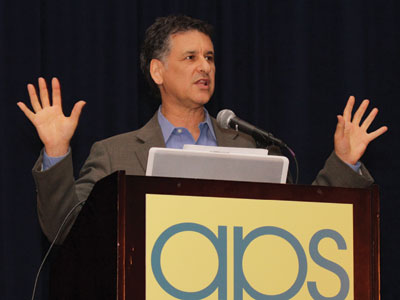
Daniel Levitin is a psychologist and neuroscientist best known for
his work with the relationship between behavioral neuroscience and
music. Levitin is the author of two bestselling books, “This is Your
Brain on Music: The Science of a Human Obsession” and “The World in Six
Songs: How the Musical Brain Created Human Nature.” As a professor of
Psychology and Behavioral Neuroscience at McGill University in Montreal,
Levitin is the Director of the Laboratory for Music Perception,
Cognition, and Expertise. In 2013, Levitin was elected to the Royal
Society of Canada.
12. Fernando Nottebohm
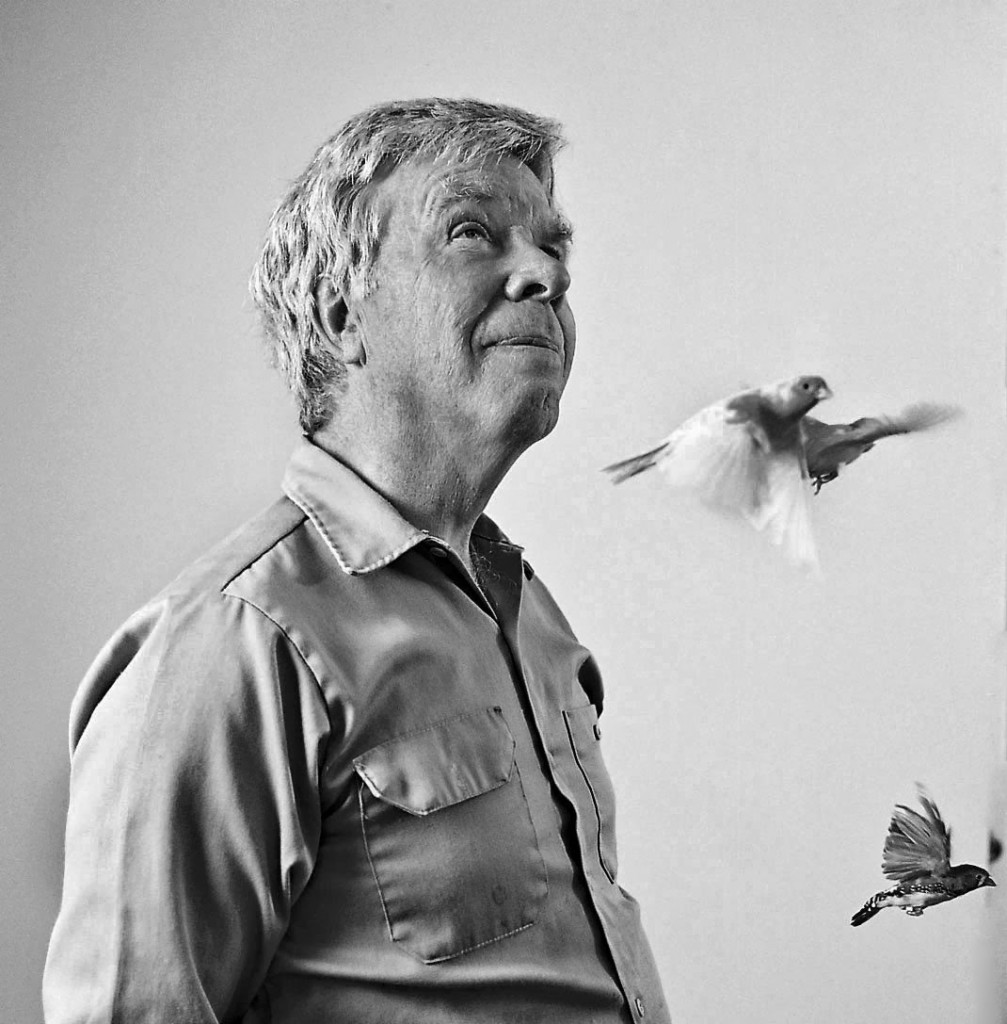
Fernando Nottebohm is a neuroscientist and professor at Rockefeller
University, where he also heads the Laboratory of Animal Behavior and
directs the Field Research Center for Ecology and Ethology. Nottebohm is
best known for discovering definitive proof that neurogenesis occurs in
the adult vertebrate brain, a notion previously considered impossible
by most scientists. In 2010, he was awarded the Benjamin Franklin Medal
in Life Sciences for “generating a completely new approach to the quest
for cures for brain injury and degenerative disease.”
13. Adele Diamond

Adele Diamond is one of the world’s leading researchers on
developmental cognitive neuroscience. Diamond’s work with children is
based on a “Yes, You Can” premise: even if a child appears incapable of
doing or understanding something, posing a question differently or
presenting a concept in a new way can help them to succeed. Her work on
the genetic disorder PKU changed medical guidelines worldwide and
markedly improved the lives of countless children, while her series of
papers on neurobiological and clinical differences in various forms of
ADHD have been well-received by doctors and parents alike.
14. Andrew Newberg
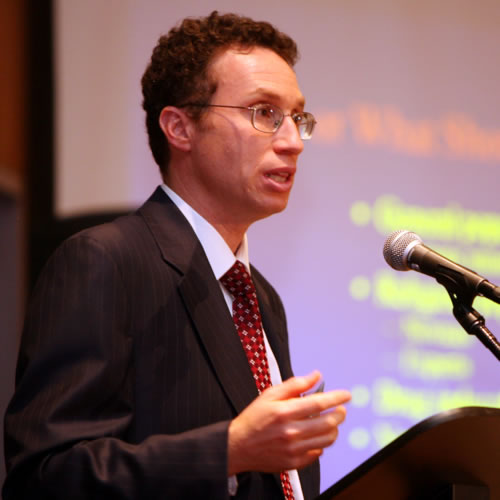
Andrew Newberg is a prominent researcher in the field of nuclear
medical brain imaging. As Director of Research at the Myrna Brind Center
for Integrative Medicine at Thomas Jefferson University Hospital, Dr.
Newberg has been involved in groundbreaking research of neurological and
psychiatric disorders such as clinical depression, head injury,
Alzheimer’s, and Parkinson’s. As Adjunct Professor of Religious Studies
at University of Pennsylvania School of Medicine, Dr. Newberg is best
known for his research focused on the development of neurotransmitter
tracers for the evaluation religiosity, to which he refers to as
“neurotheology.” Additionally, Dr. Newberg has also authored six books
to further explore the relationship between the brain and religious and
spiritual experiences.
15. Robert Maurice Sapolsky
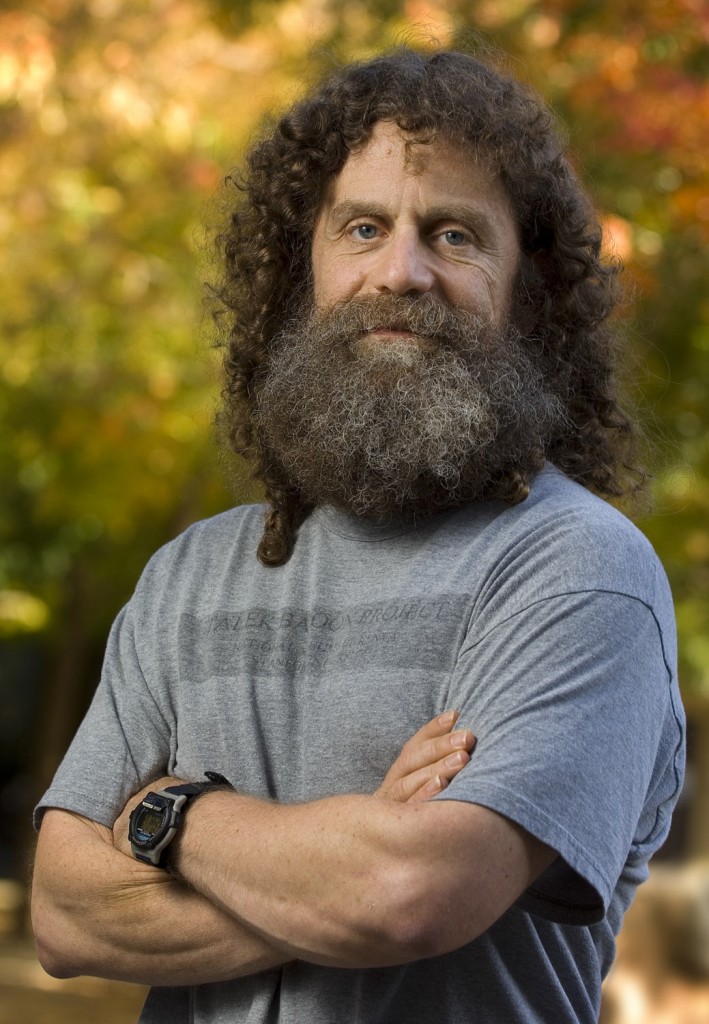
Robert Maurice Sapolsky is a neuroendocrinologist; professor of
Biology, Neuroscience, and Neurosurgery at Stanford University; and
Research Associate for the National Museums of Kenya. Much of his
research revolves around the issues of stress, neural degeneration, and
possibilities of gene therapy strategies for protecting susceptible
neurons from disease. Sapolsky spends much of his time in Kenya studying
and researching baboons for his current work on the strengthening of
neurons. He also writes extensively about neural impairment and insanity
defense within the American legal system.
16. Antonio Damasio

Originally educated at the University of Lisbon medical school,
Antonio Damasio is the current David Dornsife Professor of Neuroscience
at University of Southern California, where he also acts as director of
the Brain and Creativity Institute. Most notably, Damasio is credited
with formulating what is known as the Somatic Marker Hypothesis.
Contrary to dominant 20th-century ideas of psychology, neuroscience, and
philosophy, Damasio’s hypothesis suggests that emotions play an
important role in high-level cognition. Therefore, much of his research
aims to find a relationship between human emotions, human rationality,
and the underlying biology.
17. Eric Richard Kandel

Richard Kandel is a current professor of Biochemistry and Biophysics
at the College of Physicians and Surgeons at Columbia University, where
he also founded the Center for Neurobiology and Behavior. Kandel’s main
interest is understanding how memory works, and in 2000, he was awarded
the Nobel Prize in Physiology or Medicine for his research on the
physiological basis of memory storage in neurons. His 2006 book “In
Search of Memory: The Emergence of a New Science of Mind” became a
bestseller and was awarded the L.A. Times Book Award for Science and
Technology.
18. Garret D. Stuber

Garret Stuber is a professor and neuroscientist at the Chapel Hill
School of Medicine at the University of North Carolina. He recently
gained attention for research in which he successfully isolated specific
neurochemical shifts in rats’ brains. By hooking the rats up to tiny
fiber-optic cables and firing lasers directly into their brains, Stuber
was able to cause the animals to feel either pleasure or anxiety, and to
switch between the feelings at will. The research was named one of the
top five neuroscience breakthroughs of 2012 by The Connectome.
19. David Eagleman

David Eagleman is a neuroscientist and writer at Baylor College of
Medicine, where he is the director of both the Laboratory for Perception
and Action, and the Initiative on Neuroscience and Law. His interests
include manipulations to the perception of causality and temporal
encoding, and much of his research addresses the relationship between
timing of perception and timing of neural signals. In one experiment,
Eagleman dropped himself and other volunteers from a 150-foot tower to
measure time perception as they fell. In addition to being a New York
Times bestselling author, he is a Guggenheim Fellow and a council member
in the world Economic Forum.
20. Gregory Berns
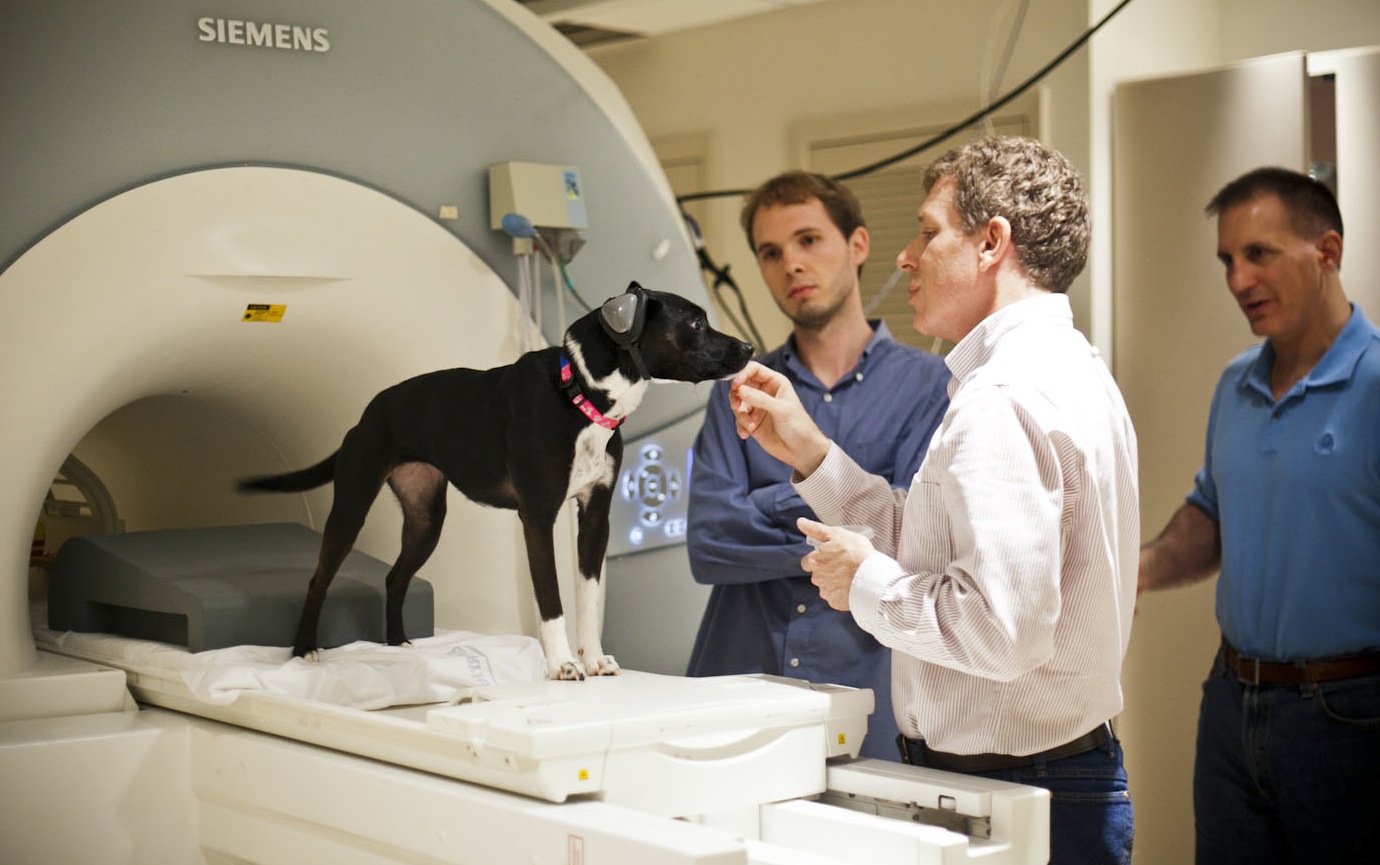
Gregory Berns is a prominent neuroeconomist and neuroscientist
interested in both the politics of neurology as well as the canine
brain. In addition to his role as Director of the Center for
Neuropolicy, Berns is also a professor of economics and a distinguished
chair of neuroeconomics at Emory University School of Medicine. Bern’s
successful books include “Satisfaction: The Science of Finding True
Fulfillment,” “Iconoclast: A Neuroscientist Reveals How to Think
Differently,” and “How Dogs Love Us: A Neuroscientist and His Adopted
Dog Decode the Canine Brain.”
21. Christof Koch

Christof Koch is best known for his work on the “neural bases of
consciousness.” Though Koch spent 27 years as a professor of Cognitive
and Behavioral Biology at the California Institute of Technology, he is
now the Chief Scientific Officer of the Allen Institute for Brain
Science in Seattle. Koch has been influential in arguing that
consciousness can be approached using modern tools of neurobiology, and
in addition to authoring three books on the topic of consciousness,
often advocates for a modern variant of panpsychism, the ancient
philosophical belief that some minimal form of consciousness can be
found in any biological organism. Each month, Koch pens a popular column
in Scientific American Mind called Consciousness Redux.
22. David Heeger

David Heeger is a professor of psychology and neural science at New
York University. Though his research also spans engineering and
psychology, his work in the field of neurology focuses on the neuronal
processing in the visual system, and has resulted in theories for how
the brain can sense optic flow and neural motion. Heeger’s research has
led to a better understanding of the organization of the visual cortex,
visual awareness, visual pattern detection, motion, and depth
perception.
23. Francisco Javier Varela Garcia

Francisco Garcia is a Chilean biologist, philosopher, and
neuroscientist. He is credited with co-introducing into the field of
biology the ideas of autopoiesis and neurophenomology, both of which
deal with cognition and consciousness, and seek to understand
phenomological experiences within the biological system. To further the
dialogue between science and these predominantly Buddhist ideas, Garcia
also co-founded the think tank Integral Institute. Garcia has written
extensively on the topics of autopoiesis and neurophenomology in various
medical and spiritual journals.
24. Gina G. Turrigiano

Originally educated at University of California at San Diego, Gina
Turrigiano is currently a professor of Biology at the Volen National
Center for Complex Systems at Brandeis University. She is the author of
numerous papers and two textbooks: “Homeostatic Regulation of Cortical
Networks” and “Behavioral Correlates of Stomagrastic Network Function.”
In 2012, she was awarded the HFSP Nakasone Award, and in 2013 was
elected to the National Academy of Science.
25. David L. Felten

David L. Felten is the Associate Dean of Research at Oakland
University in Michigan, where he is currently the Vice President for
Research and Medical Director at the Beaumont Research Institute. Felten
has co-authored a number of papers and three medical texts on the
relationship between neurology and immunology. In addition to his
leadership roles in the world of academia, Felten is also the co-founder
and co-editor of ‘Brain, Behavior and Immunity.’
26. Billi Gordon

Billi Gordon may just be the most unique neuroscientist on this list.
After a career as an actor, television writer, and the most successful
greeting card model of all time, Gordon returned to University of
Michigan to complete his education and establish himself as a major
player in the field of neurology. Gordon is now best known for his work
on the pathophysiology of stress as antecedent to obesity-related
disease. Having himself achieved dramatic weight loss (for which he was
profiled in a 2009 Los Angeles Times article), Gordon is now a
researcher at the UCLA Gail and Gerald Oppenheimer Family Center for the
Neurobiology of Stress.
27. Geraint Ellis Rees
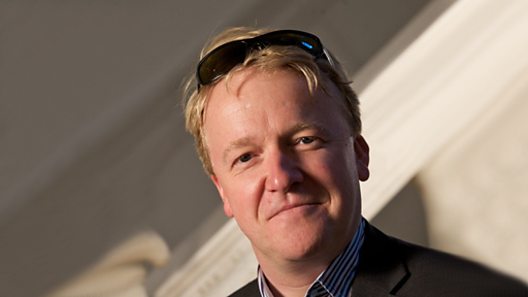
Geraint Ellis Rees is the department head of the University College
of London’s Faculty of Brain Sciences, the director of the University’s
Institute of Cognitive Neuroscience, and a professor of Cognitive
Neurology. His research deals with the neural mechanisms underlying
human consciousness in health and disease. In addition to numerous
articles Rees has written on this subject, he is also the co-author of a
large reference book entitled “Neurobiology of Attention.”
28. Van Wedeen

Van Wedeen is an Associate Professor of Radiology at Harvard Medical
School, and an assistant neuroscientist at Massachusetts General
Hospital. Wedeen is responsible for an award-winning 2012 study that
resulted in an unprecedented and unexpectedly clear image of a brain’s
large-scale wiring patterns. Thanks to Wedeen, we can now think of the
brain as an intricate, multi-layered grid as opposed to a
seemingly-random tangle.
29. Nayef al-Rodhan
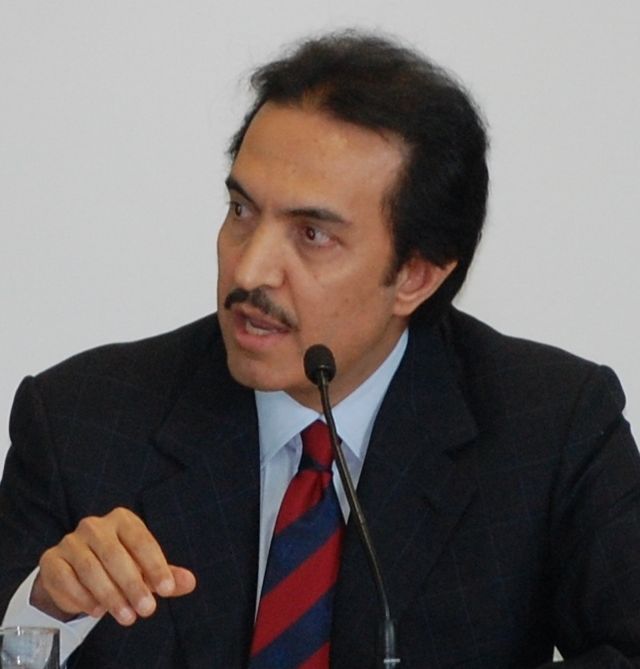
Philosopher and neuroscientist Nayef al-Rodhan is an honorary fellow
of St. Antony’s College at Oxford. He is a former fellow in epilepsy
surgery at Yale School of Medicine, and worked on a study of
neuropeptides and molecular genetics at Harvard School of Medicine. He
has received numerous awards for his work in neurology and academia,
including the Sir James Spence Prize, the Gibb Prize, the American
Association of Neurological Surgeon Prize (twice), and many more.
30. Leah Krubitzer
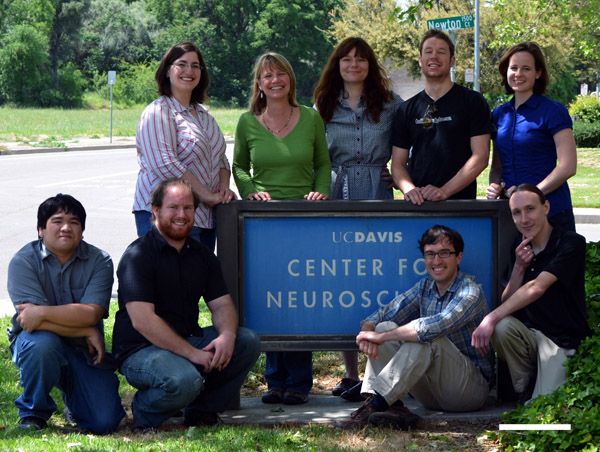
Leah Krubitzer is a neuroscientist and professor at University of
California at Davis, where she also heads up the Laboratory of
Evolutionary Neurobiology. Her academic interests revolve mainly around
the ways in which complex brains in humans and mammals evolve from
simpler forms, and much of her research focuses on anatomical
connections and electrophysiological characteristics of neurons in the
neocortex. Through her research and writing, Krubitzer has done much to
explain the vast diversity in mammalian behavior and perceptual
abilities.






























